A Culinary Battle for Rice Supremacy
Africa is a continent rich with culture, history, and… rice wars? Ah, jollof rice!
Yes, you heard that right. In West Africa, there’s a long-standing, deliciously heated debate known as The Jollof Wars. At the center of this conflict is the beloved dish: jollof rice. The dish that has launched a thousand debates, divided friendships, and even caused some mild Twitter brawls. It’s fiery, flavorful, and universally loved across West Africa. The battleground? Kitchens from Lagos to Accra, Dakar to Monrovia, and everywhere in between.
But make no mistake—this isn’t your average cooking rivalry. The Jollof Wars transcend pots and pans, spilling into social media, international cooking contests, and even casual conversations at family gatherings. So, who are the main players in this spicy saga? And why, oh why, can’t we all just eat and get along?
The Origins of Jollof: Where It All Began
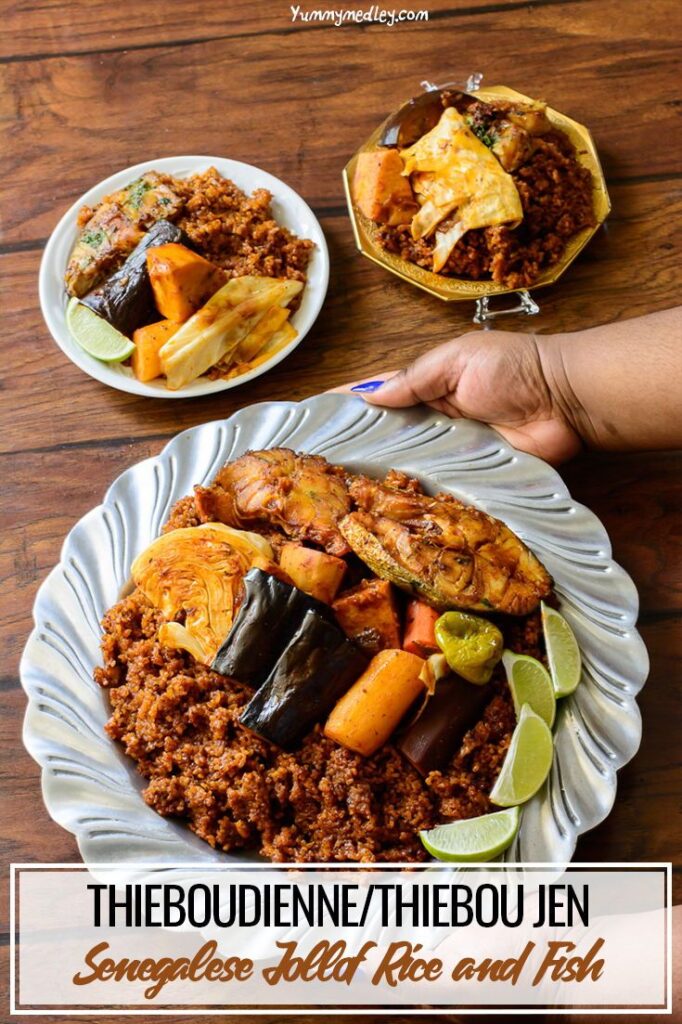
Before we get into the drama, let’s rewind a bit. Jollof rice has its roots in the ancient Wolof Empire, which was located in what is now Senegal and parts of Gambia. The original dish, thieboudienne (try saying that five times fast), was made with fish, rice, and a tomato-based sauce. Over time, as the dish spread across West Africa, it evolved into the jollof we know and love today.
As jollof crossed borders, each country adapted the recipe to its own tastes, creating what we now know as different regional varieties—and here’s where the war begins.
The Main Contenders: Nigeria vs. Ghana (Oh Wait, There’s More!)
The most vocal contenders in the Jollof Wars are undoubtedly Nigeria and Ghana. Both Nigeria and Ghana claim to have the superior version of jollof rice—a one-pot dish made from rice, tomatoes, onions, and a delightful mix of spices that could probably revive the spirits of ancient ancestors.
If you ask a Nigerian and a Ghanaian to describe their jollof, you’ll notice something quite interesting: they’ll both claim to have the recipe, as if the original was handed down from the heavens themselves.
And in their defense, they’re both right…sort of.
These two powerhouses of West Africa have been locked in a heated battle over whose jollof reigns supreme. It’s the culinary equivalent of Messi vs. Ronaldo, but with more rice and spice.
So, one question that lingers, as spicy as the rice itself: Whose jollof is the best? The answer depends on where you’re standing, and if you’re in Nigeria or Ghana, buckle up, because you’ve just stumbled into the great Jollof Rice War.
Team Nigeria: “Pepper for Days!
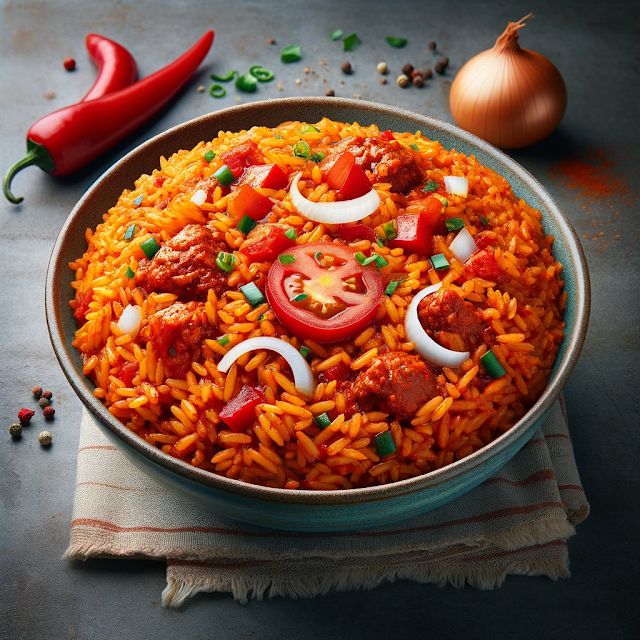
Nigerian jollof is bold, fiery, and unapologetically spicy, and—depending on who you ask—the best in the world. Nigerian jollof is the kind of dish that gets you dancing after a bite (or running for water, depending on your spice tolerance).
It’s the kind of rice that doesn’t just warm your belly, it announces itself with a kick that’ll make you remember it for hours, maybe even days. The Nigerian recipe leans heavily into peppers, creating a rich, smoky flavor that lingers on your taste buds long after the plate is clean (and let’s be honest, you’ll clean that plate)
For Nigerians, jollof is not just food—it’s a celebration, a badge of honor. You’ll find it at every wedding, birthday, and casual “get-together” that somehow turns into a full-blown party. If it’s not jollof, it’s not a proper Nigerian gathering. Period.
Team Ghana: “Smooth and Subtle”
Meanwhile, Ghanaian jollof rice has a different vibe—smooth and subtle flavor, a bit sweeter, and less likely to send you running for a glass of water. Ghanaians will tell you their jollof is a symphony of flavor, not a fire alarm.
It’s often cooked with fragrant, mild spices that allow the tomato base to truly shine. For some, it’s the subtleties that make it superior—Ghanaian jollof doesn’t shout, it sings. It’s like the jazz of jollof rice: rich, nuanced, and layered, with just enough heat to keep you dancing but not break a sweat.
For Ghanaians, jollof is a matter of pride. And while their recipe is mellower, don’t be fooled—they’re just as passionate about their rice as their Nigerian counterparts. Even their former presidents have waded into the debate, because why not?
But wait! There’s more to this jollof story. Senegal, the birthplace of the dish, also claims to have the superior version.
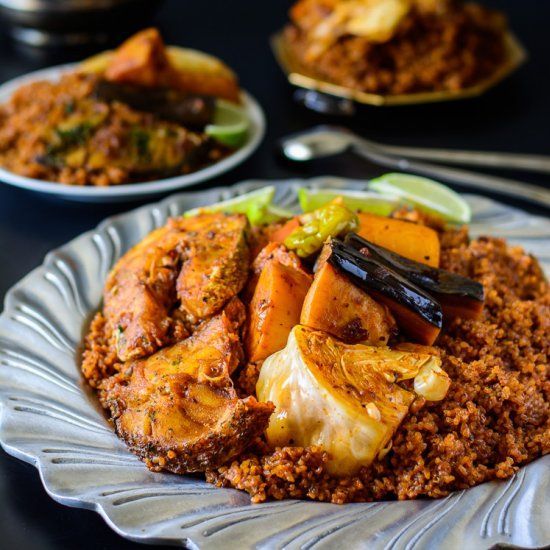
Senegalese argue that without their original thieboudienne, there wouldn’t be any jollof in the first place.
Then you have Sierra Leone, Liberia, and even Cameroon throwing their spoons into the pot, each declaring that their version is the best.
At this point, it’s safe to say we have a full-on rice riot on our hands.
Who Wins? The Truth about the Jollof Wars
Here’s the thing: no one’s really winning this war, and honestly, no one’s losing either. In reality, the Jollof Wars are a celebration of West African culture. The playful banter, the competitions, and the friendly rivalry all point to something deeper—pride in heritage, food, and tradition.
Jollof rice is more than just a meal. It’s a dish that brings people together (and occasionally, drives them apart for a bit, but that’s part of the fun). It’s served at celebrations, family gatherings, and national holidays. Whether it’s Nigerian jollof at a wedding or Ghanaian jollof at a birthday party, it’s a staple of West African life. The fact that so many people are passionate about it, is a testament to how deeply food is tied to culture and identity.
The short answer is: No one knows. Or rather, everyone has already decided, and their answer is final. And while taste buds across the globe have cast their votes, the war wages on with no signs of stopping.
Can’t We All Just… Eat? Can There Be Peace?
The beauty of this rivalry is that it’s ultimately harmless—no one’s really out here fighting in the streets over jollof. It’s a cultural clash with a side of rice, and in the end, everyone’s winning because, let’s face it, all jollof is delicious. Whether you like it spicy or mild, or sweet, the important thing is that jollof rice brings people together, even as it stirs up a bit of fun competition.
So, next time someone asks you who makes the best jollof rice, go ahead and stir the pot a little. Say Nigeria, or say Ghana, but just be ready to defend your choice with passion—and maybe a fire extinguisher if you’ve just finished a plate of the Nigerian variety.
And if you’re feeling diplomatic? Just say, “It’s all good. Pass me another plate.” Because really, isn’t that what jollof is all about? A good time and a full belly. Maybe the world doesn’t need to know which jollof rice is the best. Maybe the beauty of the Jollof Wars is in the fact that every version of jollof rice is unique and delicious in its own way.
Maybe, just maybe, instead of choosing sides, we can all sit down together at a long table, serve heaping plates of jollof from across the continent, and simply enjoy. After all, at the end of the day, isn’t that what food is really about?
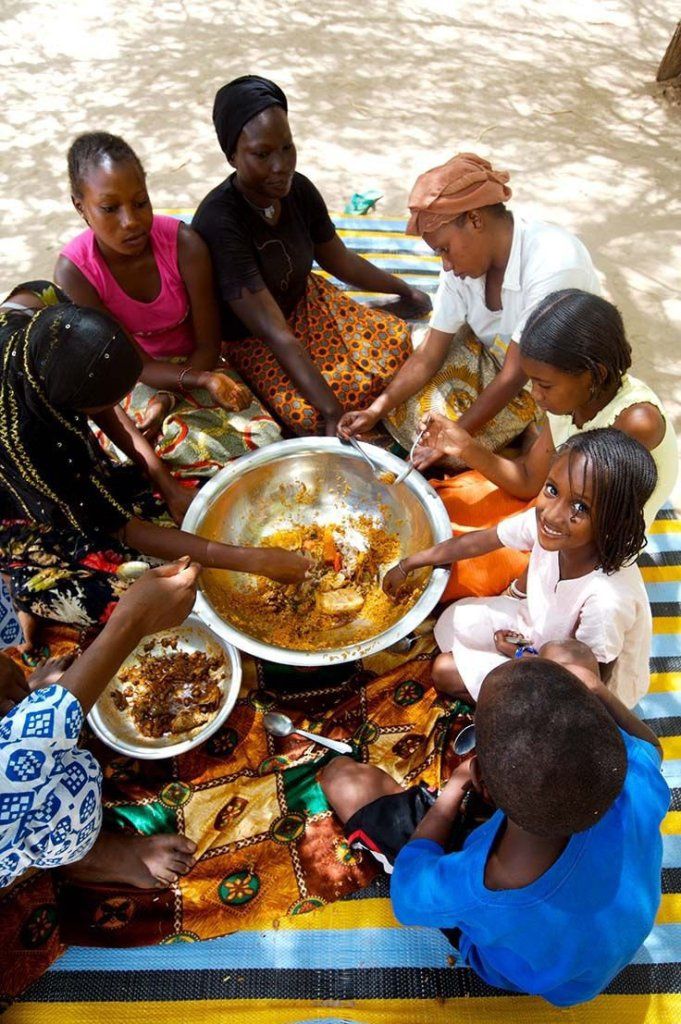
Now, if you’ll excuse me, I think it’s time to settle this debate the best way I know how—by eating some jollof.

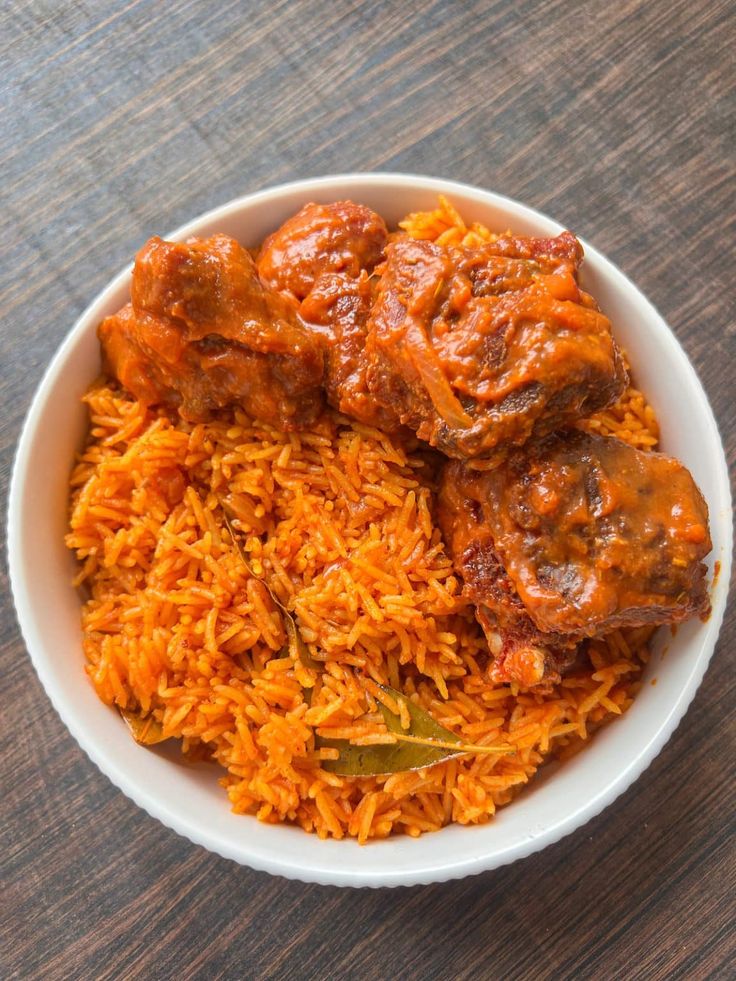
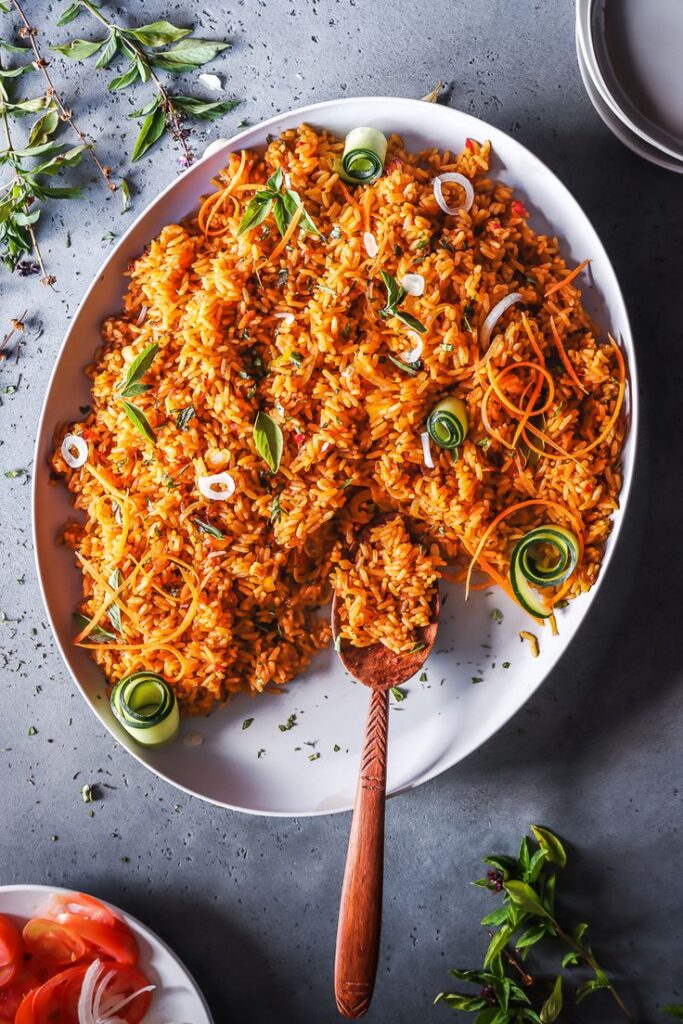
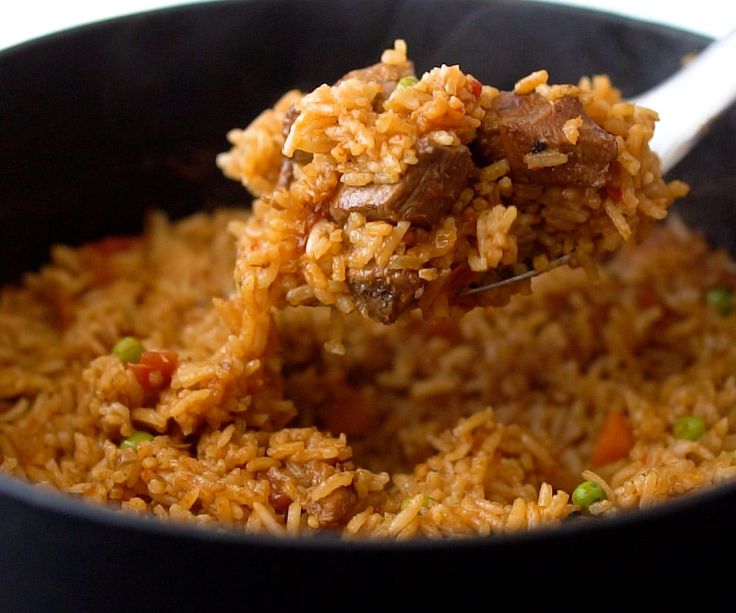
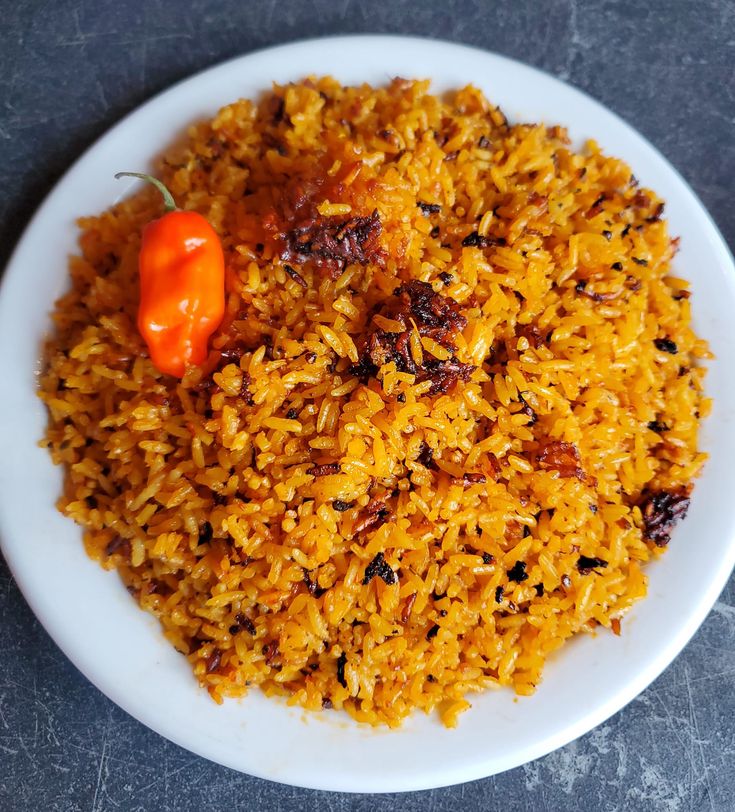
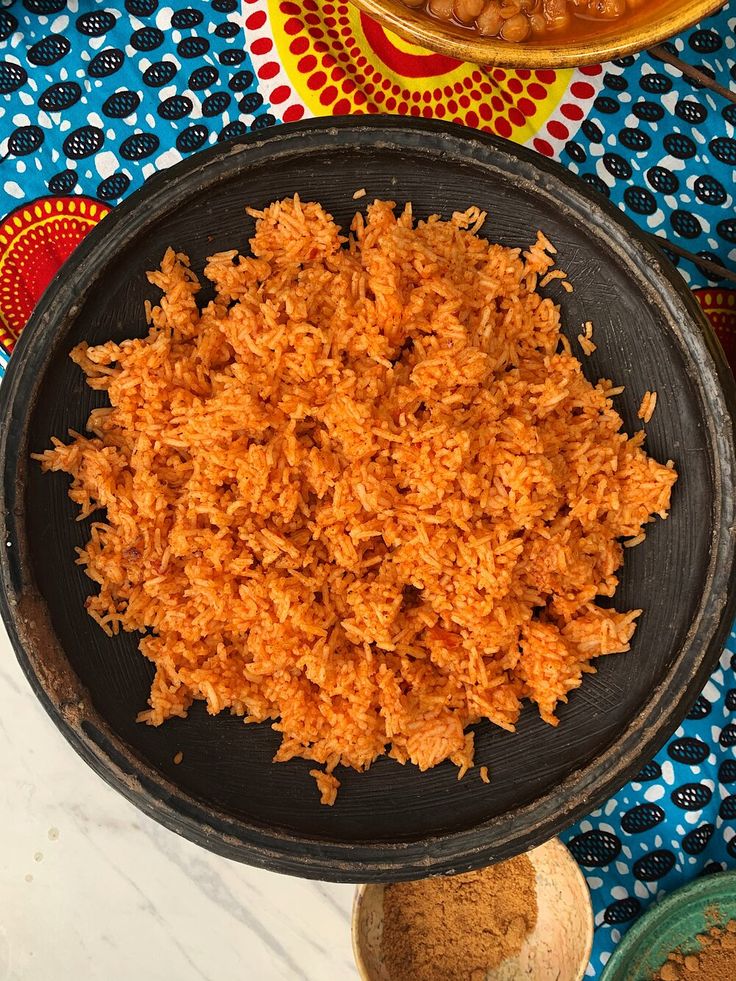

Leave a Reply